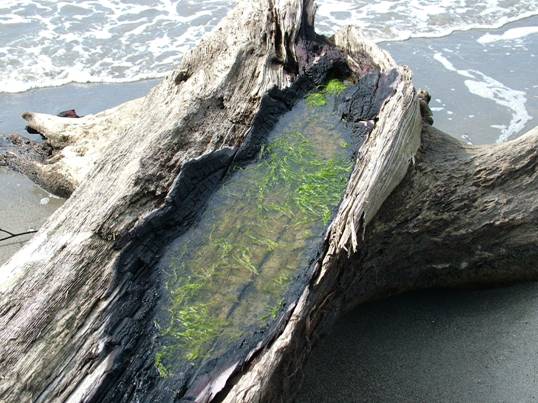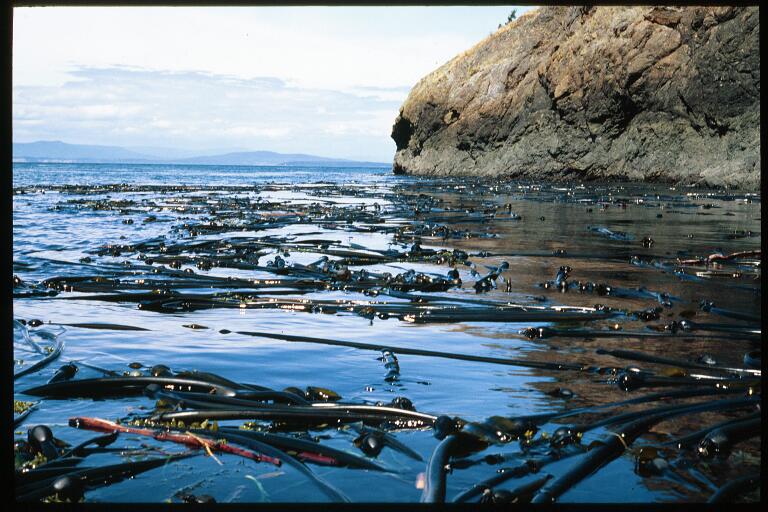
Seaweeds and Seagrasses
Of the Pacific Northwest
World wide there are 7000 estimated seaweeds, 4000 microalgae and 50 seagrasses. Here in the Pacific Northwest we have an estimated 700 of these species making our area one of the richest in seaweed biodiversity in the world. (Harbo, 1999)
Sites visited:
Fox Island - South Puget Sound
Trip aboard the Centennial - San Juan Island
Argyle Lagoon - San Juan Island
Cattle Point - San Juan Island
Salt Creek - Olympic Peninsula
Welcome to the seaweeds and seagrasses home page. This page is part of a class project for TESC 442 at the U.W.T. Each student in this class focused on a specific category of marine life. We spent the majority of our class time exploring the intertidal world of Washington's shorelines. My name is Giovannina Souers, and I focused on seaweeds and seagrasses. What are seaweeds and seagrasses? Both seaweeds and seagrasses are primary producers that are at the base of the food chain and support much of the life that lives in our oceans. Click here for more on the general biology of Seaweeds and Sea Grasses. You can learn more about the divisions of seaweeds and seagrasses by clicking on the links below. |
 |
 |
|||
 |
I would like to thank Leo Shaw and the Seattle Aquairum digital image files for all of the photos on my web page unless otherwise credited. |